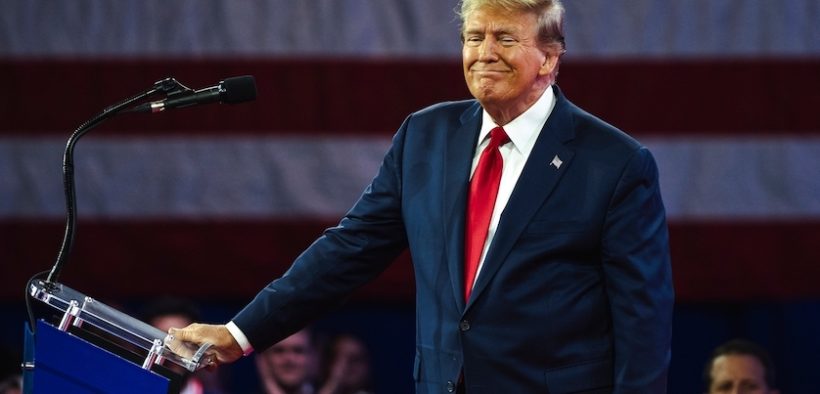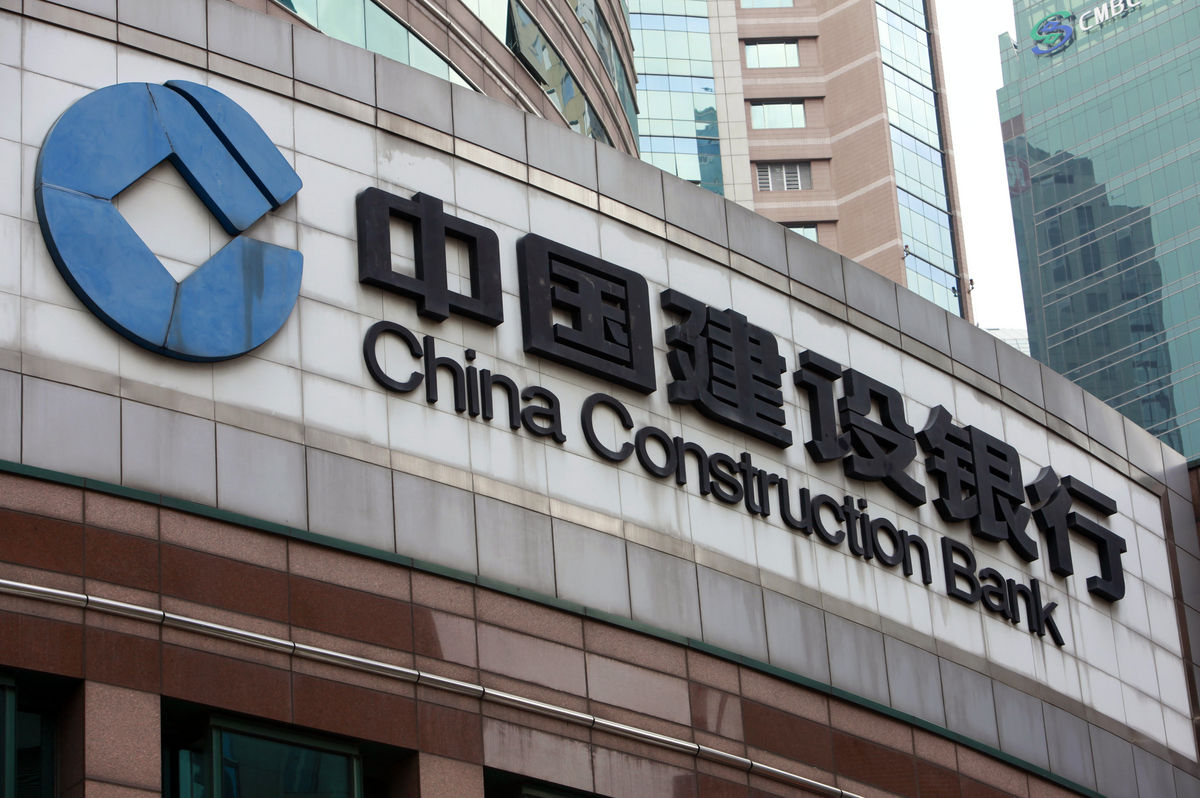Tariff Tantrum: The Perils of Protectionism on “Liberation Day”
Share

President Donald Trump unveiled a sweeping set of tariffs, branding the day as “Liberation Day.” This policy imposes a universal 10% tariff on all imports, with significantly higher rates targeting specific nations—China faces a cumulative 54% tariff, the European Union 20%, and Japan 24%. The administration justifies these measures as a strategy to rectify longstanding trade imbalances and rejuvenate domestic manufacturing. However, this approach is fraught with economic and diplomatic perils that could outweigh its intended benefits.
Historically, protectionist tariffs have often led to retaliatory measures, escalating into full-blown trade wars that stifle global commerce. The Smoot-Hawley Tariff Act of 1930 serves as a cautionary tale; intended to protect American industries during the Great Depression, it instead provoked international retaliation, deepening the economic downturn. Similarly, the current tariffs risk igniting a cycle of retaliation from affected nations, potentially leading to increased barriers to U.S. exports and harming the very industries the policy aims to protect.
“These tariffs are less a strategic recalibration and more a blunt-force instrument, risking inflation at home and retaliation abroad.”
The immediate market response underscores these concerns. Following the announcement, the Dow Jones Industrial Average plummeted by 1,227 points (2.9%), the S&P 500 declined by 3.6%, and the Nasdaq dropped by 4.6%. Such volatility reflects investor apprehension about the potential for increased costs of imported goods, disrupted supply chains, and diminished corporate profits. Economists warn that these tariffs could exacerbate inflationary pressures, eroding consumer purchasing power and potentially prompting the Federal Reserve to adjust interest rates, with further implications for economic growth.
Internationally, the tariffs have been met with swift condemnation. The European Union has signaled readiness to implement countermeasures, with officials emphasizing the importance of a united and proportionate response. Such retaliatory actions could harm U.S. exporters, particularly those in agriculture and manufacturing sectors that rely heavily on foreign markets.
Moreover, the tariffs strain diplomatic relations with key allies. The imposition of a 20% tariff on EU imports, for instance, has been labeled as unjustified and damaging to transatlantic ties. Such tensions could complicate cooperation on broader geopolitical issues, where unified stances are crucial.
While the administration asserts that these tariffs will bolster domestic manufacturing, the reality is more complex. Many U.S. industries are integrated into global supply chains, relying on imported components to produce finished goods. Increased costs for these inputs could render American products less competitive both domestically and internationally, potentially leading to job losses rather than gains.
Addressing trade imbalances requires strategy, not slogans. These tariffs are less a strategic recalibration and more a blunt-force instrument, risking inflation at home and retaliation abroad.


























